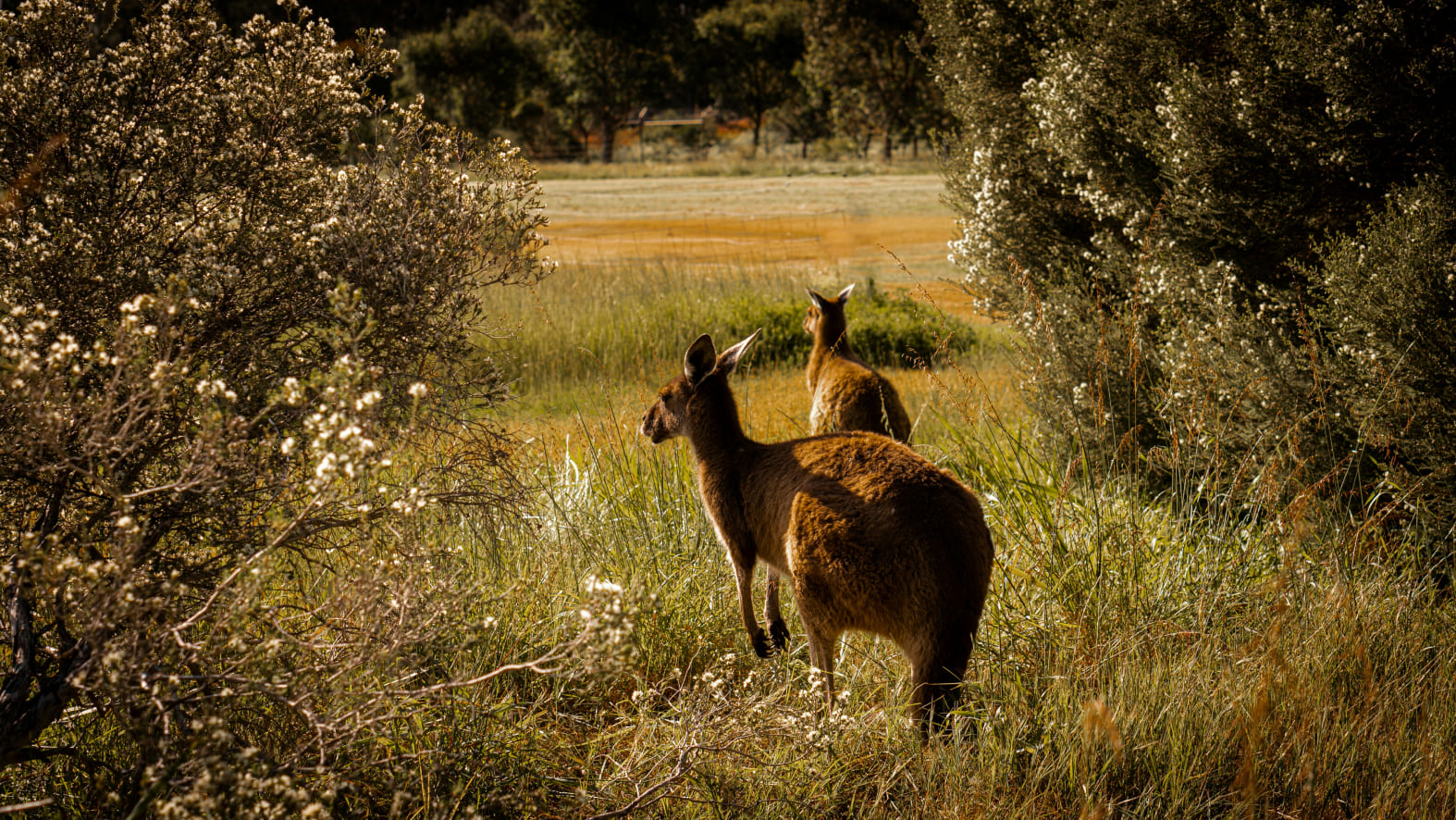Interesting Facts

The Kangaroo: Australia’s Unique Icon
The kangaroo, a symbol of Australia, is one of the most fascinating creatures in the animal kingdom. Known for its distinctive hopping gait, powerful legs, and pouch for raising young, the kangaroo is a unique marsupial with remarkable adaptations to its environment. Found in Australia and nearby islands, kangaroos thrive in diverse habitats, from arid deserts to lush forests. This article explores the kangaroo’s biology, lifestyle, and significance in Australian culture and ecosystem.
Physical Adaptations and Characteristics
Kangaroos are well-suited to the rugged Australian landscape. They are known for their powerful hind legs, which allow them to travel quickly across vast distances by hopping, a motion known as "saltation." This method of movement is energy-efficient, allowing kangaroos to cover ground at speeds up to 35 miles per hour. Their long, muscular tails help them balance while hopping and can serve as a fifth limb, aiding in movement and stability.Kangaroos vary in size and species, with the red kangaroo being the largest. Adult male red kangaroos can reach heights of up to 6 feet and weigh around 200 pounds. Other species, like the grey kangaroo and the tree kangaroo, have unique adaptations that allow them to thrive in specific habitats. Despite these differences, all kangaroos share the characteristic marsupial pouch, in which females carry and nurture their young.
Diet and Survival in Harsh Climates
Kangaroos are herbivores, primarily feeding on grasses, leaves, and shrubs. Their diet is adapted to the often sparse vegetation of Australia, and they are known for their ability to survive in arid conditions. Kangaroos can go for extended periods without drinking water, getting most of their moisture from the plants they eat. Their specialized digestive system, including a chambered stomach similar to that of a cow, allows them to efficiently process tough plant material and extract essential nutrients.Kangaroos are also known for their ability to adjust their reproduction in response to environmental conditions. During droughts or food shortages, females can delay the development of their embryos, conserving resources until conditions improve. This remarkable reproductive strategy, known as embryonic diapause, helps ensure the survival of both mother and offspring in challenging climates.
Social Behavior and Group Dynamics
Kangaroos are social animals, typically living in groups called "mobs." These mobs can vary in size and are often led by a dominant male. Living in groups provides protection from predators and allows for social interaction. Within a mob, kangaroos communicate through body language, such as thumping their tails or making specific sounds to warn others of danger. Although kangaroos can be territorial, they also engage in playful behavior, especially young joeys who practice hopping and boxing with each other.Reproduction and the Marsupial Pouch
One of the most distinctive features of kangaroos is their mode of reproduction. Female kangaroos give birth to tiny, underdeveloped young, known as joeys, after a short gestation period of around 30 days. Once born, the joey instinctively climbs into the mother’s pouch, where it continues to develop and nurse. The pouch provides a safe environment for the joey, allowing it to grow and mature over several months before it is ready to venture out on its own.This reproductive strategy, unique to marsupials, allows kangaroos to give birth quickly and frequently, which is beneficial in unpredictable environments. A female kangaroo can simultaneously support a joey in her pouch, a young joey outside, and an embryo in suspended development, ensuring a steady population growth under favorable conditions.

